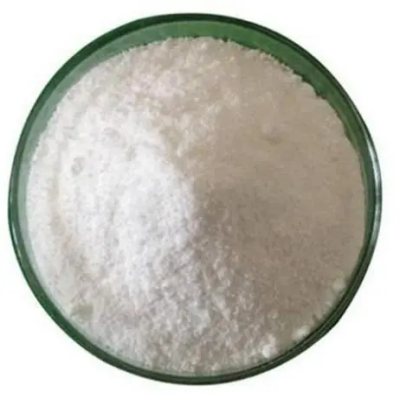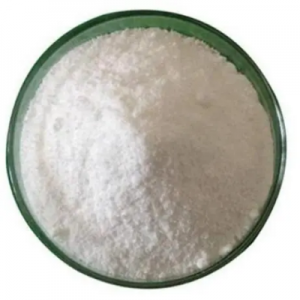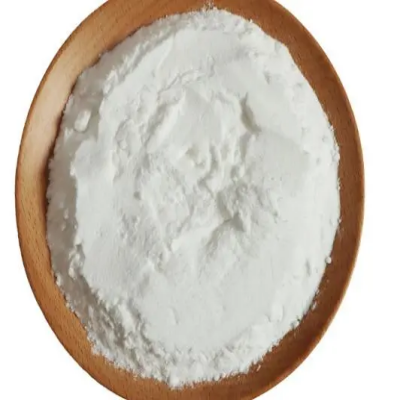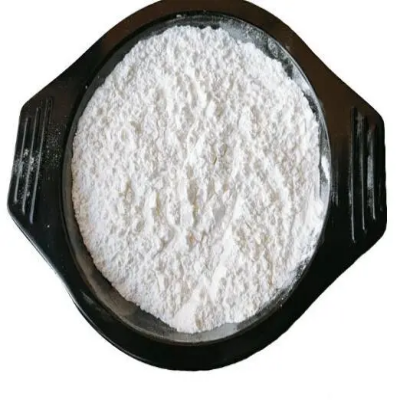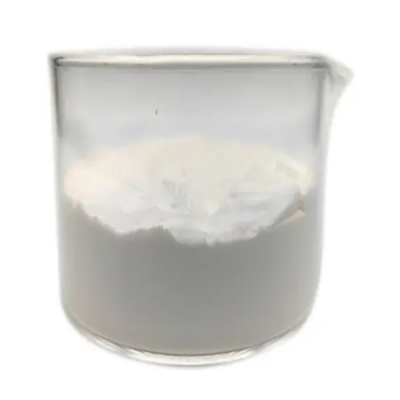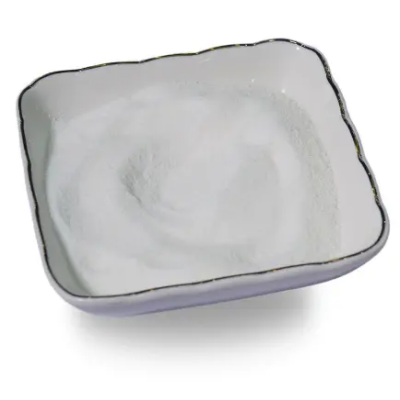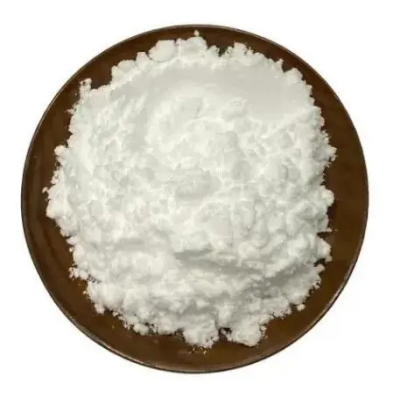3-(2-chloropyriMidin-4-yl)-1-Methylindole CAS:1032452-86-0
The molecular structure of 3-(2-chloropyrimidin-4-yl)-1-methylindole features a fused ring system that combines the aromatic properties of both pyrimidine and indole. This arrangement influences its reactivity and interactions in chemical reactions, crucial for designing molecules with targeted biological activities or material applications. The chloro and methyl substituents enhance its specificity and functionality in various synthetic pathways. Synthesis Methods and Applications Synthesis of 3-(2-chloropyrimidin-4-yl)-1-methylindole typically involves sequential steps of heterocyclic synthesis, starting from commercially available precursors. Key synthetic methodologies include coupling reactions and selective functionalization of pyrimidine and indole derivatives under controlled conditions. This synthetic pathway underscores its utility as a versatile intermediate in organic chemistry, enabling further modification for specific industrial and pharmaceutical applications. Pharmacological and Material Science Relevance In pharmaceutical research, this compound serves as a crucial intermediate for developing potential drug candidates, particularly those targeting specific biological receptors or pathways. Its unique fused ring structure can influence pharmacokinetic properties and enhance biological activity, making it a promising candidate in medicinal chemistry. Additionally, its structural diversity lends itself to applications in material science, such as molecular electronics or functional materials requiring tailored chemical properties. Environmental and Technological Applications Beyond pharmaceuticals and materials science, 3-(2-chloropyrimidin-4-yl)-1-methylindole holds promise in environmental applications, such as the development of catalysts or sensors for detecting environmental pollutants. Its structural versatility allows modifications aimed at improving efficiency and selectivity in various chemical processes, contributing to environmental sustainability and technological innovation. Conclusion 3-(2-Chloropyrimidin-4-yl)-1-methylindole represents a versatile compound with significant applications in organic synthesis, pharmaceutical research, and material science. Its unique fused heterocyclic structure, coupled with precise synthesis methodologies, underscores its importance as a foundational component for developing novel pharmaceuticals, functional materials, and environmental solutions. Continued research efforts are likely to focus on optimizing synthesis routes, exploring new applications, and uncovering additional benefits across scientific and industrial domains.



| Composition | C13H10ClN3 |
| Assay | 99% |
| Appearance | white powder |
| CAS No. | 1032452-86-0 |
| Packing | Small and bulk |
| Shelf Life | 2 years |
| Storage | Store in cool and dry area |
| Certification | ISO. |


